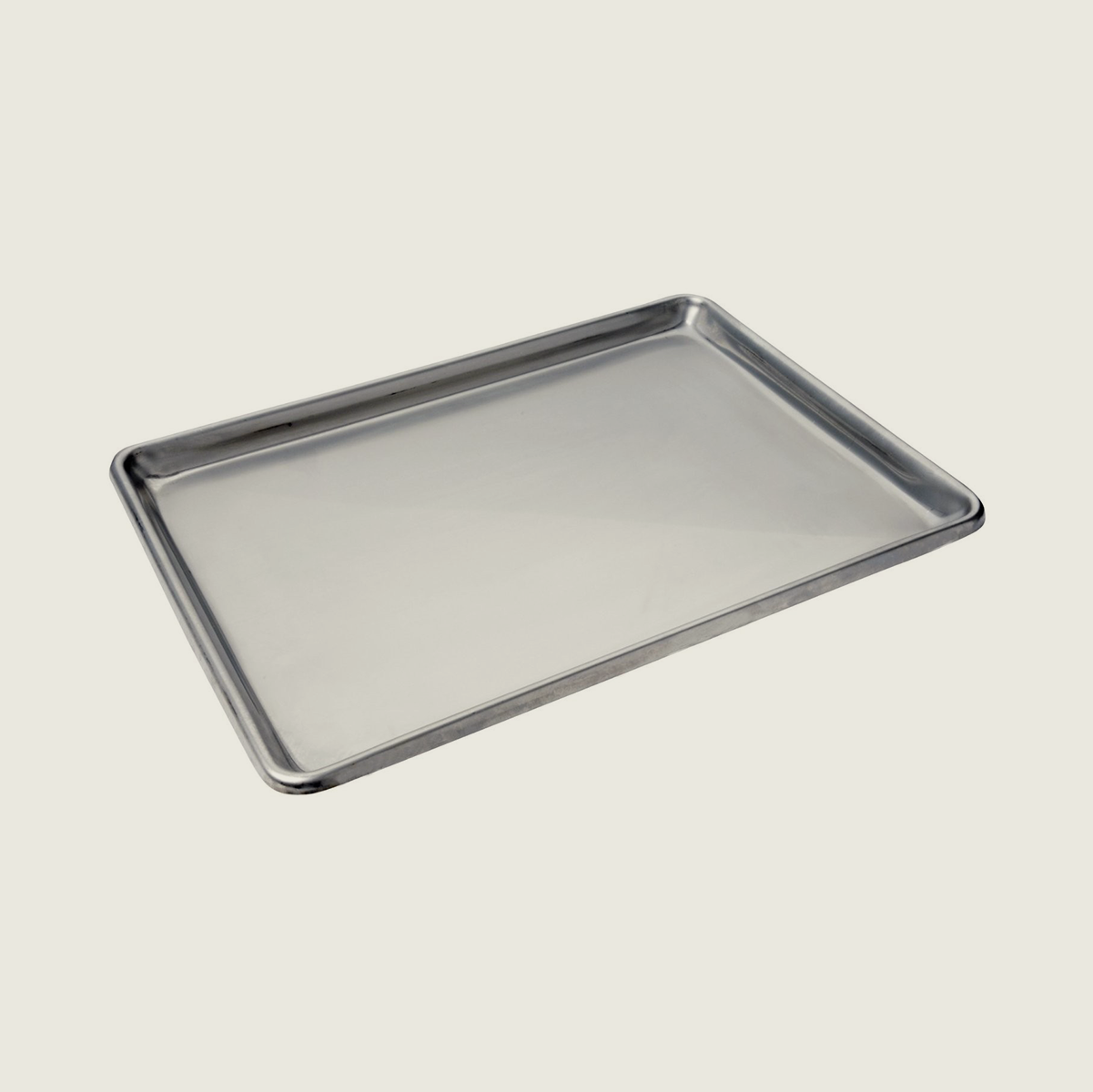Equipment
These are some of the tools we have found to be helpful when conducting material experiments. Some of them are more basic than others but each has been useful in our experiences.

Butane Torch
Almost every recipe will develop air bubbles from the process of heating and stirring the material. To pop these bubbles and create a smooth surface, you can lightly heat the surface with a butane torch.

Chemex
Who doesn't love a Chemex? We've found a Chemex comes in handy for making natural dyes that need to either settle out or simmer over time. It is also helpful for mixing and pouring big batches of material.

Dehydrator
A dehydrator is definitely not necessary for most of recipes we've encountered. However if you're using food waste – especially peels and rinds – it can be helpful to dehydrate them first and then grind them into powder afterwards.

Double Boiler
When working with natural waxes and resins, a double walled boiler will be a lifesaver. Often found with candle making supplies, it prevents resins and waxes from burning the bottom of your pan and ruining it for future uses. Some double boilers even have built-in spouts for pouring.

Embroidery Hoop
We cast all of our materials in embroidery hoops at least once! They are a great way of keeping track of samples since they can be hung up after they dry.

Film Applicator
Essential for creating alternative leather products. Use a film applicator to apply a thin polymer film (aka dope) to a textile substrate. For more, including a how-to demo: https://www.youtube.com/watch?v=AEyUVuv98Jc

Immersion Blender
An immersion blender is a workhorse of your tools.

Kitchen Scale
When you start to get serious about material making, one of the first things you should do is get a kitchen scale. You will use it for every single recipe and it helps to create more precise and repeatable recipes. It doesn't have to be fancy but it should be reliable.
Measuring Cup
Obviously measuring cups are a quintessential kitchen tool. However we recommend using separate silicone cups for material making to keep them separate from food preparation. The silicone also helps when measuring particularly sticky ingredients.

Mortar & Pestle
What's better than a mortar & pestle that is not only functional but beautiful as well? A mortar & pestle is helpful for grinding ingredients into a powder when you need to more readily and smoothly incorporate them into a solution.

Non-Stick Pot
Almost every recipe requires the use of a non-stick pot such as this one! We recommend one with a spout so that you can pour your finished mixtures out with precision. Be sure to use a separate pot for cooking your materials than for cooking your food.

Screens
There are some scenarios where you may need access to both sides of a material; for example, when setting sodium alginate or drying a material evenly. In these cases we have found silkscreen frames to be the best simple and affordable solution.

Sheet Pan
If not using silicone mats, cooking sheets are a great readily-available alternative. Especially if you need to make large sheets of materials, you can dry multiple cooking sheets on a drying rack at one time.

Sieve
You will not always need to use a sieve but it comes in handy when you need to make a truly homogenous mixture. Especially with gelatin recipes which tend to clump, it helps the material dry into a nice flat, even surface when poured through a sieve.
Silicone Mat
We have found silicone molds to de-mold better than cooking sheets for every single material. To get a large sheet mold for a relatively cheap price, we recommend searching for silicone baking mats or dog food mats (such as the one above).

Silicone Spatula
Trust us when we say that your life will be easier if youuse a silicone spatula from the start. While some recipes will do just fine with a wooden spoon, you won’t really know if that's the case or not until it’s too late...

Spray Bottle
In some cases (for example when setting sodium alginate) you will need to spray your material with a liquid solution. We recommend cleaning and reusing an existing bottle you may have lying around to repurpose it and save it from the landfill.

Syringe
A plastic syringe can be helpful in a variety of ways; for one, it allows for precise application of a material or dye. It can also be a great way to prototype how a material would extrude through a plastic nozzle for 3D paste printing.

Tile Mat
We know this seems like a random addition but a ceramic tile mat has saved many a material about to warp when drying. The weight from the tiles help hold the material down while the netting between tiles allows continual airflow for drying.